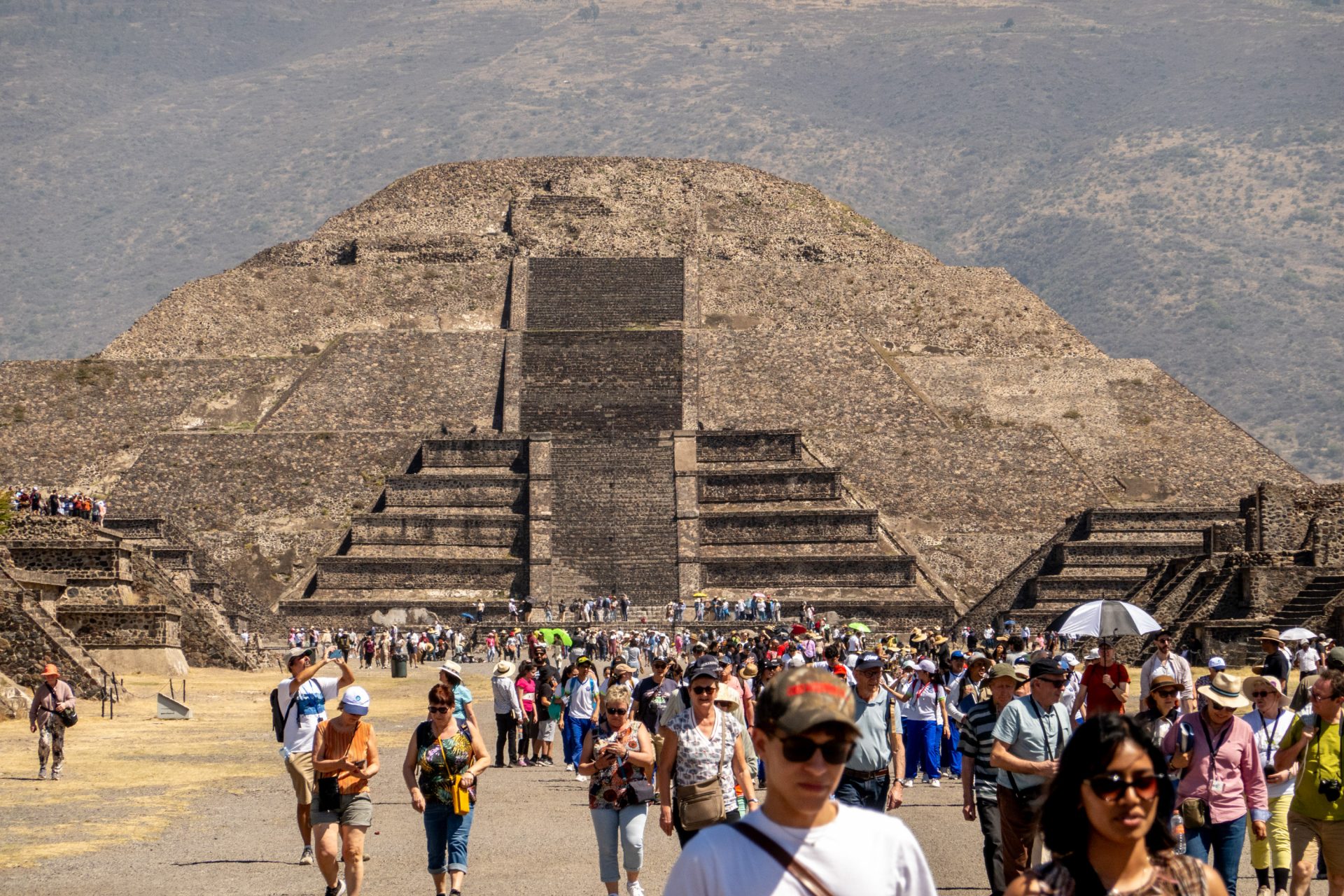The 'Doomsday glacier' is melting and we could all be in trouble
There is a famous mass of ice, Thwaites Glacier, nicknamed the Doomsday Glacier, that according to Space.com "is melting in unexpected ways that could lead to its rapid collapse."
Thwaites Glacier, is located in Antarctica about 18 miles from Mount Murphy and is the same size as the state of Florida. This glacier, is truly gigantic.
Photo: National Science Foundation US (NSF)
Such a large glacier also entails risks, and those very risks are worrying scientists, who are finding that this glacier is melting faster than expected.
Photo: British Antarctic Survey (BAS) - Robert Larter
Two studies conducted by researchers from the British Antarctic Survey (BAS) and published in the journal Nature suggest warm water is beginning to seep through the glacier's most vulnerable parts as a result of rising global temperatures.
Photo: British Antarctic Survey (BAS) - David Vaughan
The problem is that if this huge mass of ice were to melt completely, it would make clear why it is called the Doomsday Glacier: it could raise global sea levels by 25 inches or 65 centimeters.
And not only that: as the studies show, a collapse of Thwaites Glacier would cause a large part of the West Antarctic Ice Sheet to melt, resulting in an absolutely catastrophic scenario.
Sea levels could rise by as much as ten feet (3 meters) from the "contagion effect" of the disappearance of Thwaites Glacier, which would mean the disappearance of cities, islands, countries and many coastal areas as we know them.
Photo: British Antarctic Survey (BAS)
The sea would not only swallow up much of the habitable land, but also inundate farm land that would be unusable due to the high concentration of salt in the water.
The science, as the British Antarctic Survey points out, is unequivocal. This institution has conducted not one, but two investigations, which have come to the same conclusion: Thwaites Glacier is a potential global hazard.
Photo: British Antarctic Survey (BAS) - David Vaughan
A first group of researchers drilled through more than half a kilometer below the baseline of Doomsday Glacier, where the glacier floats on the water.
Photo: British Antarctic Survey (BAS)
This maneuver allowed them to check the sea temperature, salinity, melting rate and speed. Meanwhile, another team surveyed the lower part of the glacier using an underwater vehicle.
Photo: British Antarctic Survey (BAS) - Filip Stedt
The surprise came when they discovered that the water beneath Thwaites Glacier was too warm for the area it was in, having risen by 2.5 degrees.
Photo: British Antarctic Survey (BAS) - Britney Schmidt
Among the worrying research findings is that Thwaites Glacier is melting much faster than one would expect.
Photo: British Antarctic Survey (BAS) - David Vaughan
Scientist Britney Schmidt, one of the authors of the paper on the glacier's dire situation said that warm water is cause the glacier to melt by 98 feet per year. “Warm water is getting into the weakest parts of the glacier and making it worse,” said Schmidt. “That is the kind of thing we should all be very concerned about.”
Worst of all, this meltwater ends up in the base cracks of Thwaites Glacier. In other words, key areas affected not only by warmer water, but also by ocean salt accelerating ice melting.
The positive side of the research suggests that vertical melting at the base of the ice shelf is less than expected, but overall the research is disturbing and alarming.
If the discovered cracks, through which the water seeps, spread to the entire glacier, the whole planet will understand why this huge chunk of ice in Antarctica is called the Doomsday Glacier.
More for you
Top Stories






























